The best caves to explore in Australia

Lake Cave, WA

This cave, 15km south of Margaret River, is a crystal wonderland with still waters reflecting the pristine caverns above. Tim Connelly began the first tours of Lake Cave by lantern light in 1901. The cave is renowned for its `suspended table’, which is a massive st column of calcite hanging from the ceiling and hovering just above a lake.
Naracoorte Caves, SA
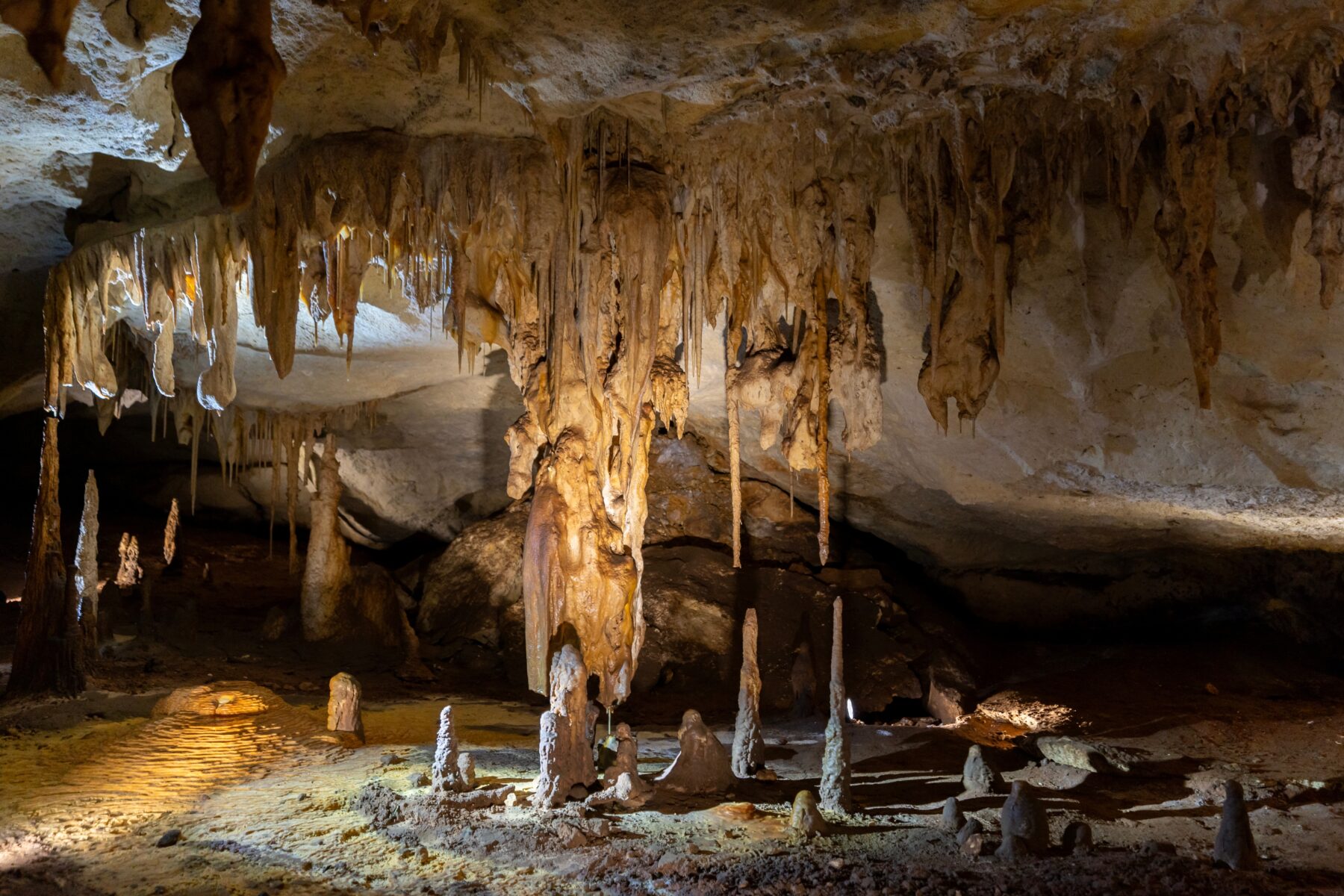
For more than 500,000 years, the Naracoorte Caves have acted as natural pitfall traps and predator dens. The resulting fossils provide a wealth of knowledge about Australia’s ancient species of megafauna. This network of 26 caves is nestled in the south-eastern corner of South Australia, on the Limestone Coast, 305km from Adelaide.
Gunns Plain Cave, TAS
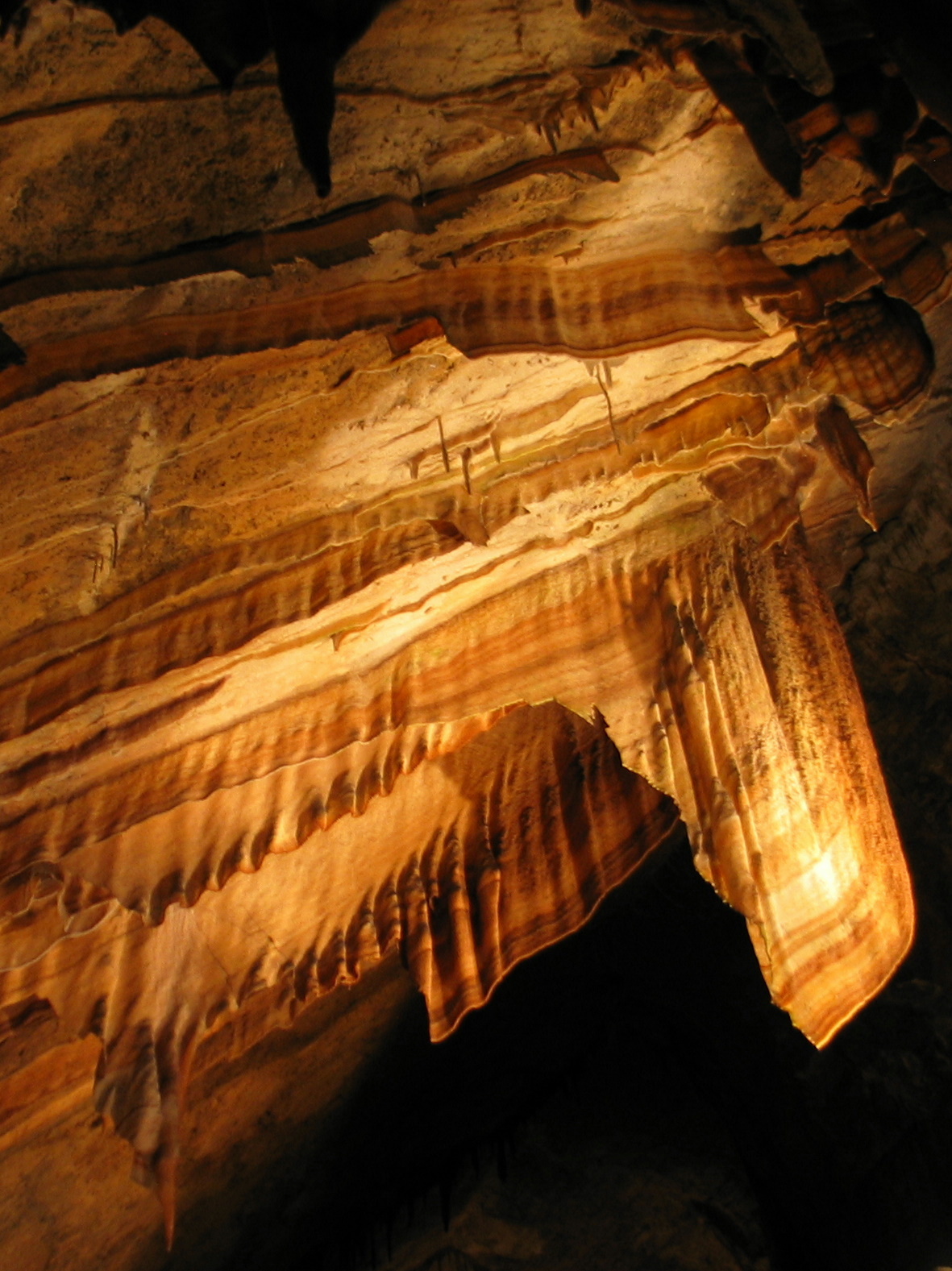
Protected by the loha Gunns Plains Cave State Reserve in northern Tasmania, this cave is renowned for its calcite shawls and flowstones. Formed by an underground river, which still flows today, the cave is illuminated by glow-worms and was discovered in 1906 when hunter Bill Woodhouse’s dog fell into the cave.
Buchan Caves Reserve, VIC
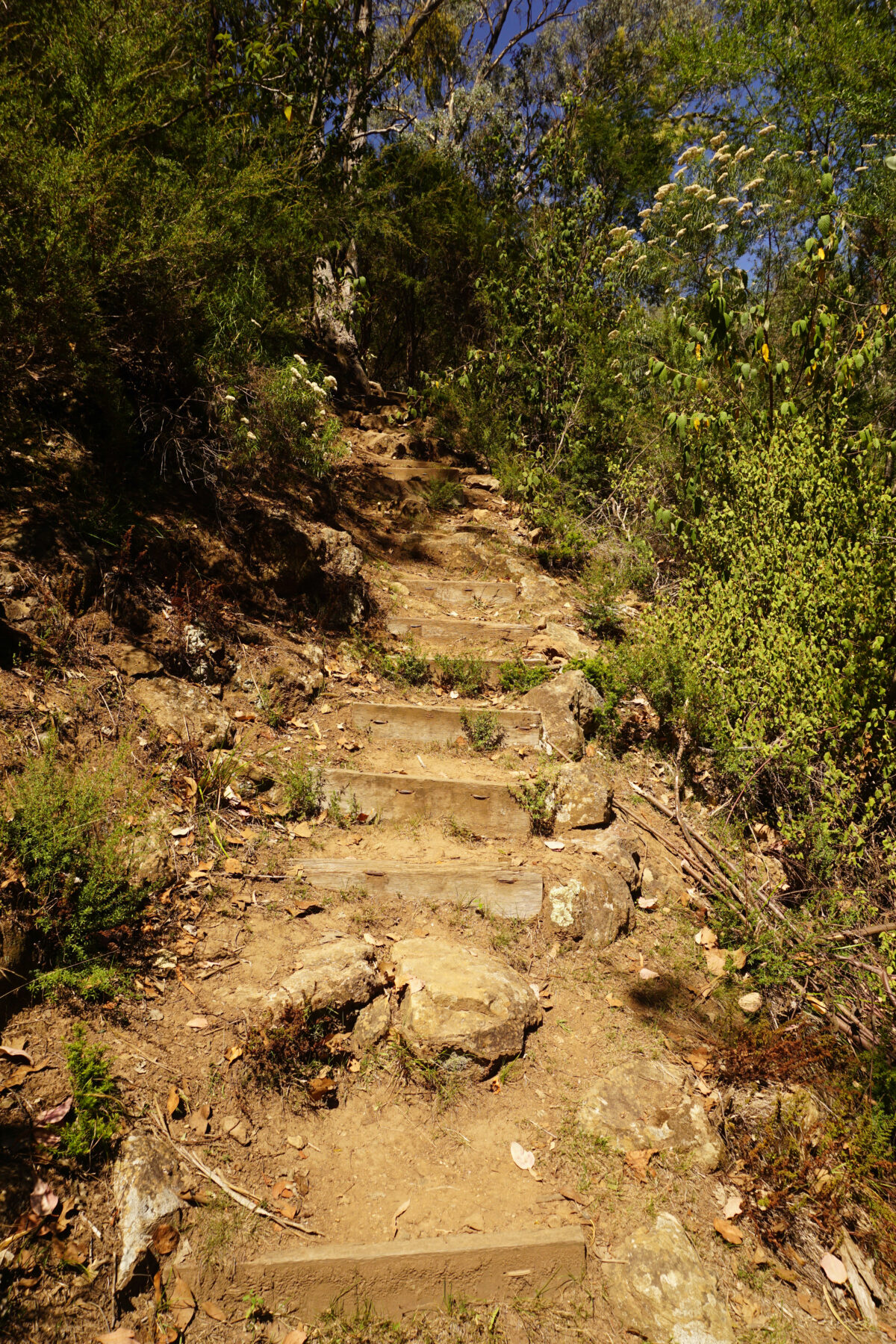
Formed 400 million years ago, Buchan Caves are a honeycomb of crystallised calcite stalagmites and stalactites, 280km east of Melbourne. In an unusual move for the time, the land, originally set aside for stock camping, was made a reserve in 1887.
Jenolan Caves, NSW
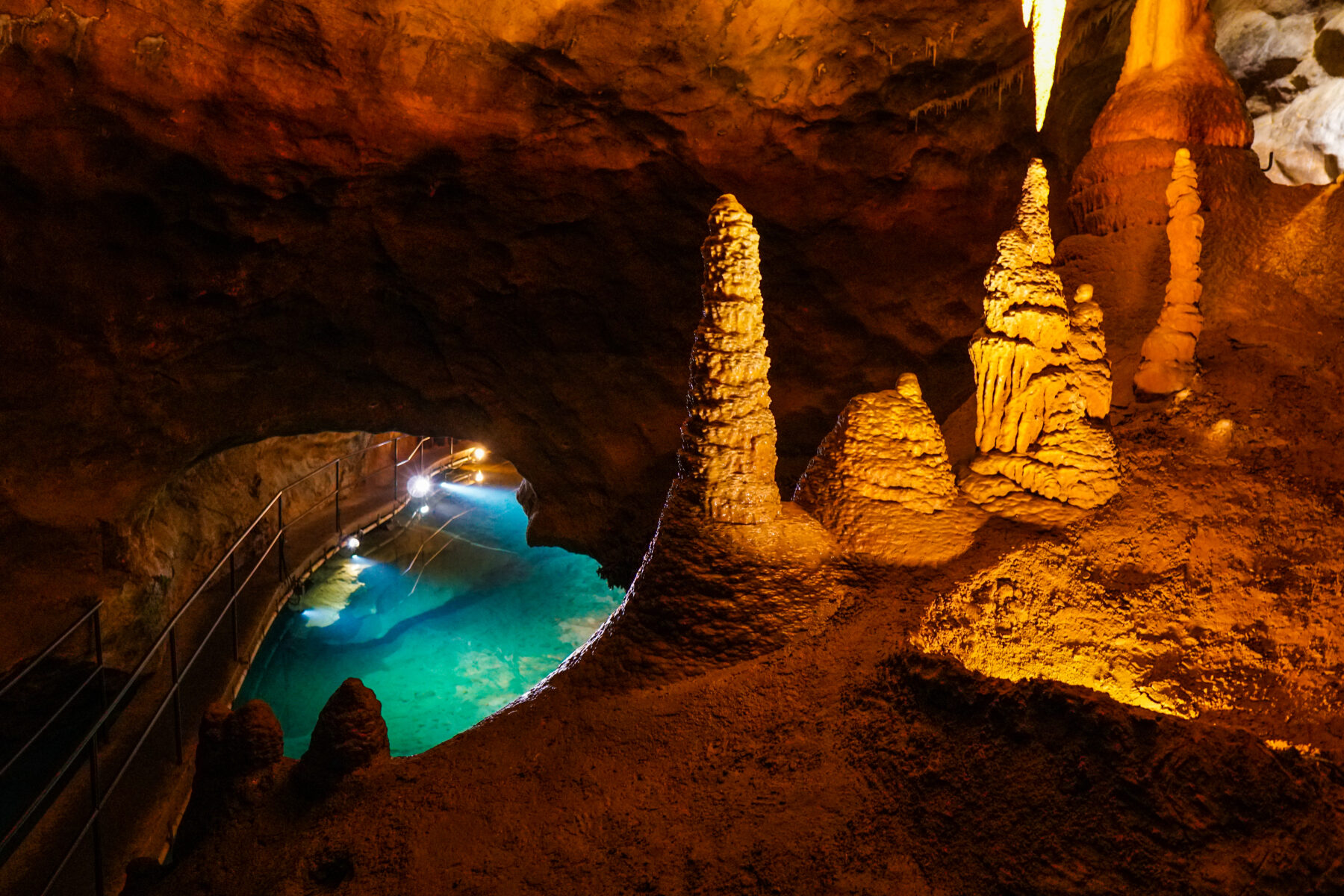
These caves in the Blue Mountains, 110km west of Sydney, were once allegedly used as a hideout by escaped convicts, including James McKeown in the 1830s. The first European to explore and name them was farmer James Whalan in 1838.
Capricorn Caves, QLD
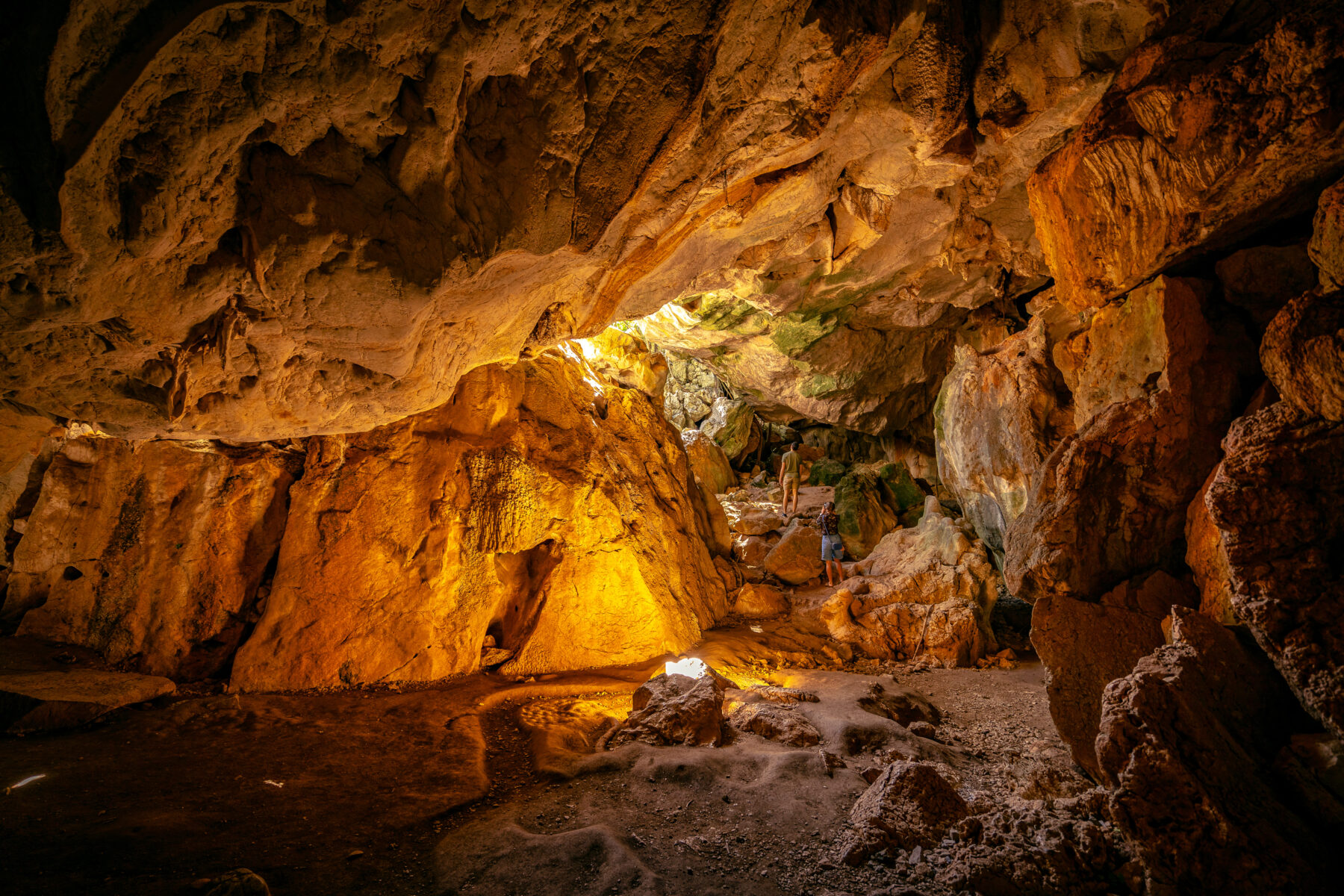
Located in a limestone ridge about 25km north of Rockhampton, Capricorn Caves were formed by a shallow sea that covered the area about 390 million years ago. The Cathedral Chamber is so called because of its natural acoustics and sheer, towering walls.
The Nullabor Caves

Dissolved below the world’s largest limestone karst landscape are the enigmatic caves of the Nullarbor Plain. There is a great variety of cave types under the Nullarbor, but the plain’s most interesting features are long, deep systems which are found only here, in the US state of Florida, and on Mexico’s Yucatan Peninsula, all of which all have similar karst limestone layers.




